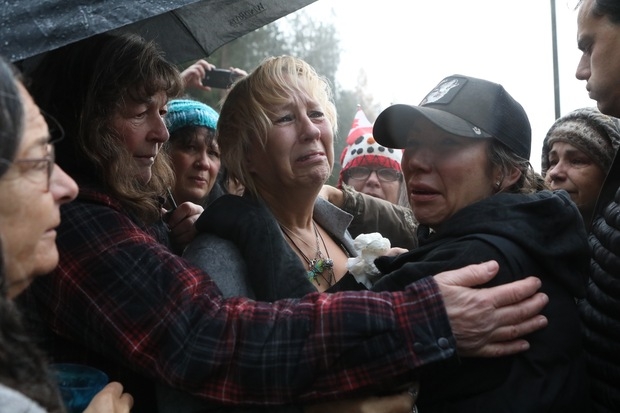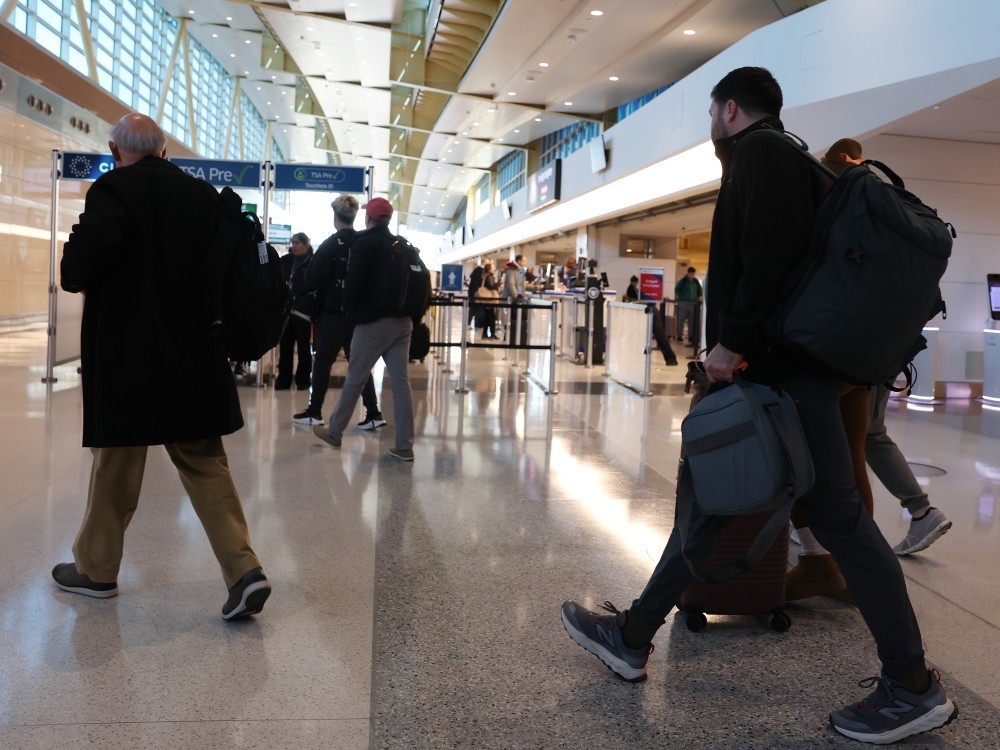It’s been dubbed Slaughterhouse 330. But unlike a fictional prison camp, this was a real culling pen – hastily constructed with hay bales and platforms – on a Canadian ostrich farm. A place where some birds had lived for decades, reaching the remarkable age of 35. Now, they are gone.
As dawn broke over the valley in Edgewood, British Columbia, the grim reality emerged from drone footage. Hopes for a reprieve had vanished. The images revealed a scene almost too horrific to comprehend: the bodies of approximately 330 ostriches scattered across the farmland, motionless and still.
This wasn’t a tragedy of choice, but a brutal execution carried out with gunfire. Witnesses reported hearing hundreds of shots ring out over several hours, a relentless barrage that extinguished life after life. The scene evoked comparisons to the Jonestown massacre, a chilling testament to the scale of the loss.

Karen Espersen, co-owner of Universal Ostrich Farms, could barely speak. “Oh, my God,” she whispered, “They covered a lot of the bodies.” But not all. These weren’t simply birds to her and her family; they were individuals, each with a personality, a name, a heartbeat.
The farm had transitioned from traditional agriculture to vital research, studying the birds’ unique antibodies in the fight against disease. “We lost them,” Espersen lamented, “but I don’t think Canada understands what they lost.” The potential for medical breakthroughs, lost with each fallen bird.
Farmers desperately argued that the ostriches didn’t appear to be afflicted with the avian flu, yet authorities refused comprehensive testing. The Canadian Food Inspection Agency (CFIA) remained silent for hours, promising a statement but offering no immediate answers. Crucially, questions lingered about the fate of the bodies – would postmortems be conducted to determine the true extent of the virus?

If the ostriches had developed immunity, or were never carriers, could this devastation have been avoided? The assumption of a mass culling stemmed from the drone footage and eyewitness accounts, but official confirmation remained elusive. The silence from the CFIA only fueled the growing outrage.
“It was horrifying. It was evil,” Espersen declared, her voice raw with emotion. “There is no other word to describe it.” Her business partner, Dave Bilinski, went further, calling it “the crime of the century.” Now, all that remained was the agonizing task of identifying the fallen, of trying to account for those they knew by name.
Ostriches grieve, Espersen explained. They recognize pain and death in their flock, sometimes forming processions for the lost. The thought of their slow, agonizing deaths – felled by bullets – was unbearable. The question burned: why gunfire, and not a more humane approach?

The justification of preventing the spread of avian flu felt hollow to many, even those who understood the risk. The images of lifeless bodies in the field were a stark and disturbing sight. Espersen fears this is just the beginning. “They are coming for your pets next,” she warned.
Despite her grief, Espersen vowed to fight for justice. “Today we mourn,” she said, tears streaming down her face, “but there will be justice.” For now, all that remains is a field of fallen giants at Slaughterhouse 330, a haunting reminder of a tragedy that has shaken a community and raised profound questions about the value of life.





